A chemical storage cabinet
A chemical storage cabinet has several key requirements to ensure the safe and effective storage of chemicals. Here are some of the main requirements:
Design and Construction:
The cabinet should be specifically designed for chemical storage, with features such as corrosion-resistant materials (like steel or specialized plastics).
It should have sufficient ventilation to prevent the accumulation of harmful gases.
It should be fire-resistant and explosion-proof, using materials that can withstand pressure and impact.
The cabinet should have good sealing performance to prevent chemical leaks or evaporation.
Labeling:
Each chemical container should be clearly labeled with its contents and hazard level.
The cabinet itself should also have clear markings indicating the types of chemicals stored.
Leak Prevention:
The cabinet should be designed to prevent leaks, with features like a leak-proof bottom and an appropriate drainage system.

Temperature and Humidity Control:
Some chemicals require specific temperature and humidity conditions for storage. The cabinet should be able to provide these appropriate environmental conditions.
Fire Safety:
As many chemicals are flammable, the cabinet should be located away from ignition sources and equipped with appropriate fire safety equipment.
Accessibility and Security:
The cabinet should be located in an easily accessible area for quick retrieval of chemicals when needed.
However, it should also be in a secure location to prevent unauthorized access.
Placement:
The cabinet should be placed in a non-flammable, non-corrosive, and well-ventilated area to minimize the risk of accidents.
There should be sufficient space in front and on the sides of the cabinet for equipment and personnel movement.
Avoid placing the cabinet near emergency exits, stairwells, air intakes, electrical equipment, and other potential hazards.
Compliance:
The design and construction of the cabinet should comply with relevant national standards and regulations.
Operation and Maintenance:
Before using the cabinet, ensure the surrounding area is clean and dry, without flammable items or other hazards.
Check the cabinet for any damage, ensuring doors, handles, locks, and other components are functioning properly.
Maintain the cabinet's temperature and humidity according to the chemicals' storage requirements.
Adhere to storage and handling guidelines, such as avoiding mixing incompatible chemicals and storing them in properly labeled, sealed containers.
By following these requirements, a chemical storage cabinet can provide a safe and effective means of storing chemicals, reducing the risk of accidents and ensuring compliance with relevant regulations.

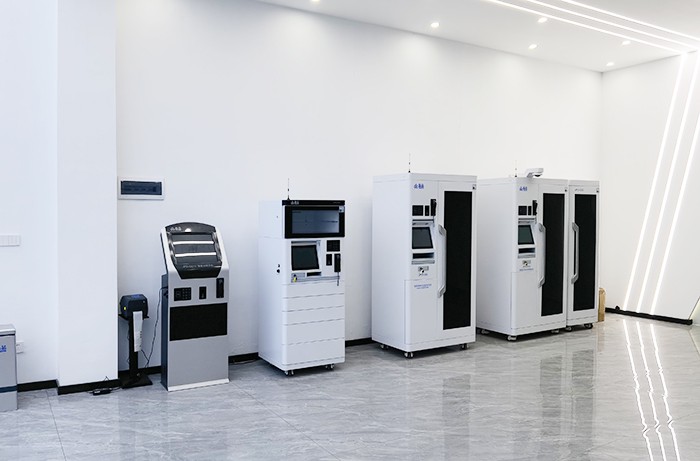

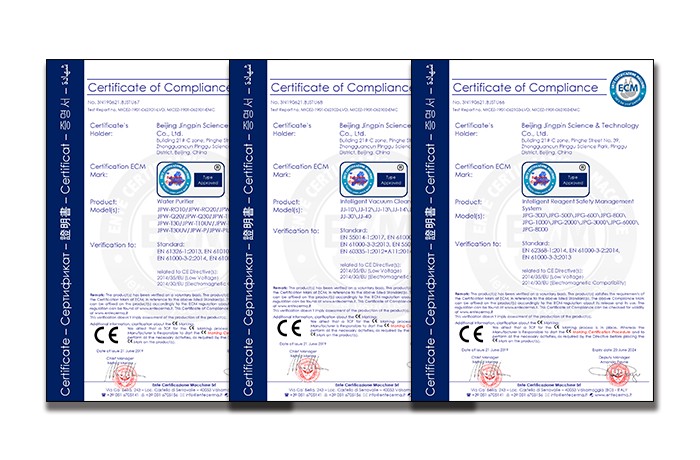
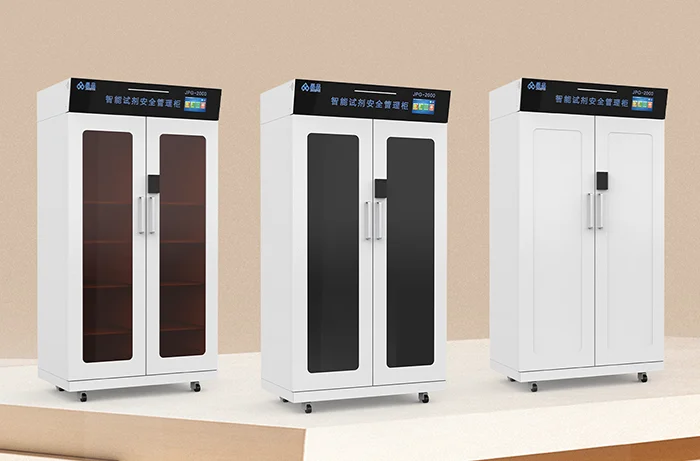
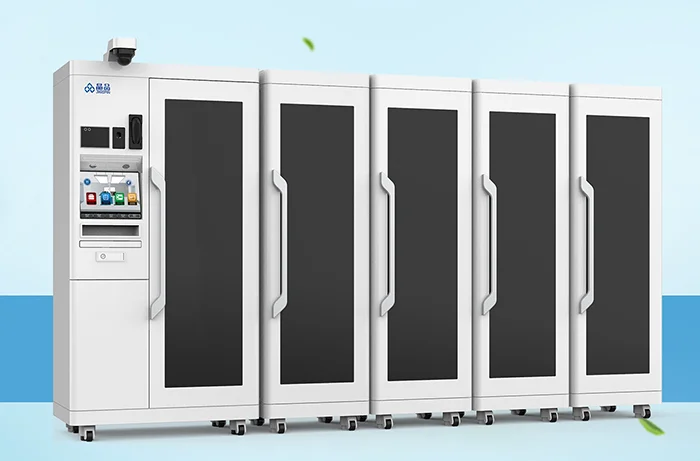
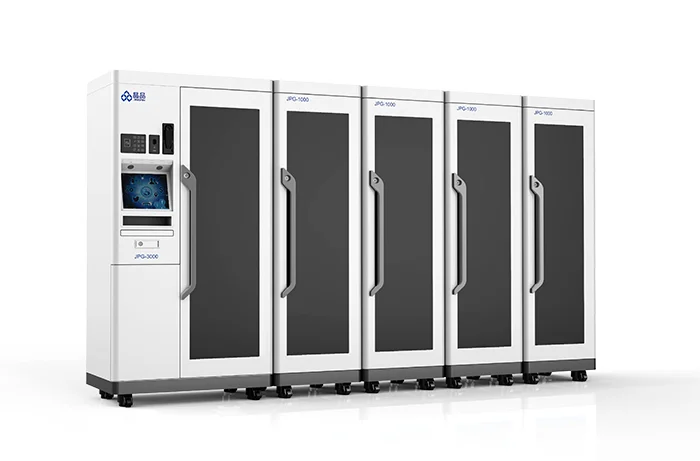

Leave a Message